Higher-grade watches have traditionally used a jeweled movements, which means that jewels (originally natural ruby, now synthetic ruby) were actually used in the movement. These jewels are functional - they are used as the bearings for the wheel trains and in high wear parts such as the escape lever and impulse jewel.
A lower-end movement from before 1970 would typically use 5 or 7 jewels; this end of the market has pretty much been taken over by quartz. Nowadays, most manual wind watches will have a standard complement of 17 jewels.
Jewels are the small red or clear circles that are sometimes visible the faces of various watch movements. In watch movement design and engineering, the axels and pins of numerous rotating cogs, wheels, and levers are set into holes and indentations referred to as pivots. These pivots are normally lightly oiled for the parts to run smoothly, but in addition to oil, small Rubies and Sapphires are sometimes utilized. Since it's so hard, the surface of a ruby serves as a sort of natural lubricant and essentially becomes a bearing. Original watchmakers used mined precious rubies, but nowadays the actual crystals used in watch movements are mainly synthetic.
The jewel count refers to the number of pivots with inset rubies - or "jewels"! When you see 7 or 17 jewels, the particular movement you're looking at features that number of jewel-inset pivots. There are many different factors to consider that speak towards determining quality, and although not always the case, higher jewel counts are typically indicative of premium craftsmanship.
copyrights belonging to
watchbuys.net









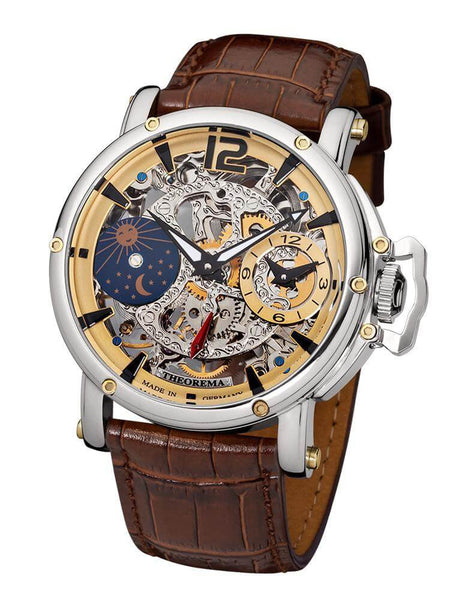

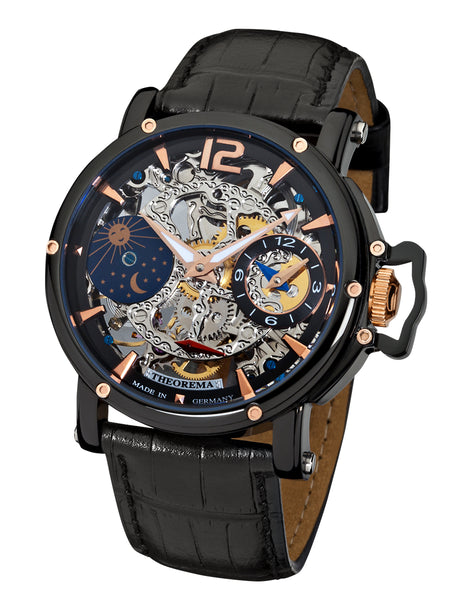
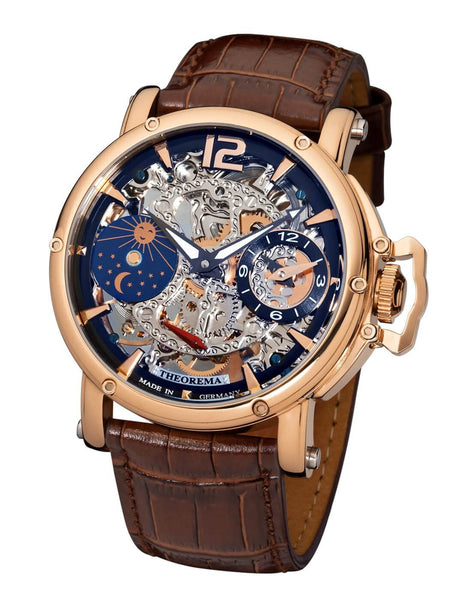
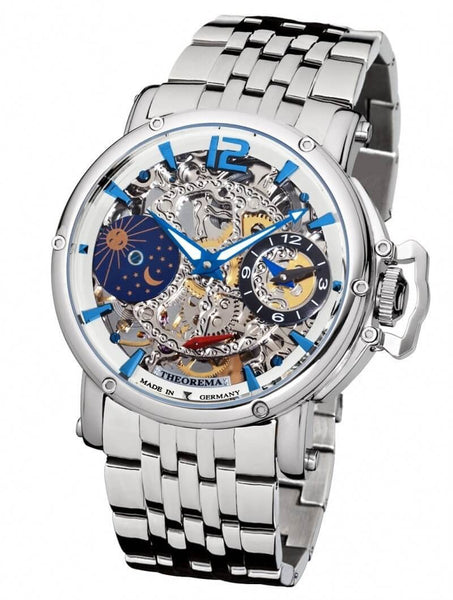

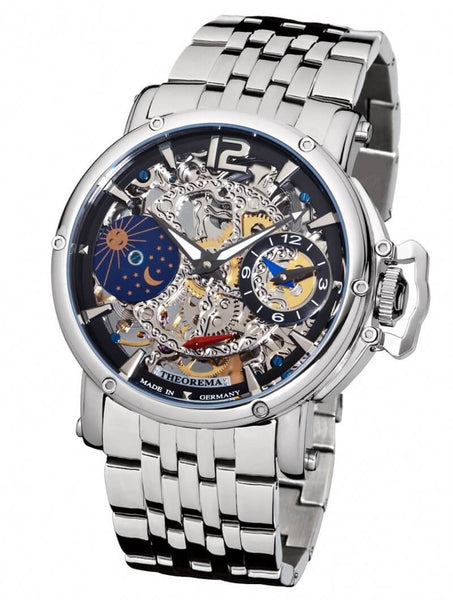

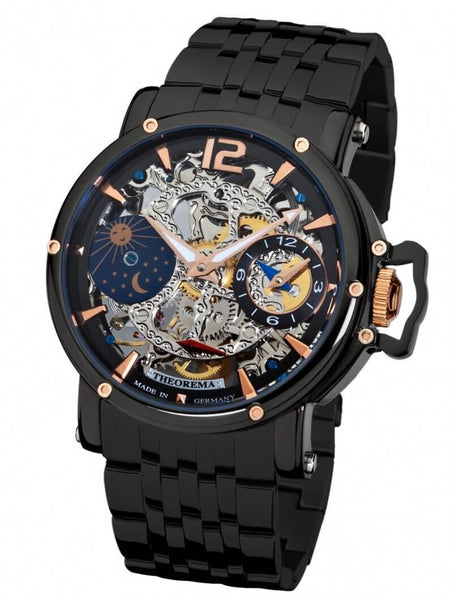
I have found my grandfather’s wrist watch it has 21 jewels in it
Leave a comment